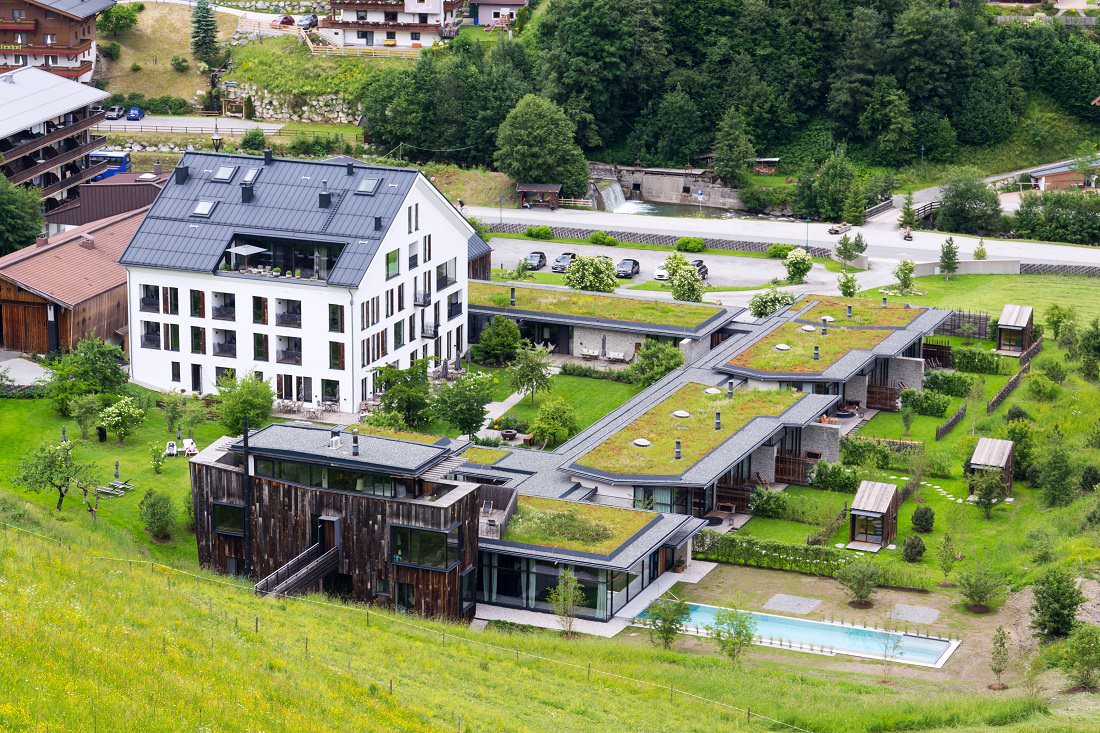Sustainability, Vol. 17, Pages 7506: Photovoltaic Energy Modeling Using Machine Learning Applied to Meteorological Variables
Sustainability doi: 10.3390/su17167506
Authors:
Bruno Neves de Campos
Daniela de Oliveira Maionchi
Junior Gonçalves da Silva
Marcelo Sacardi Biudes
Nicolas Neves de Oliveira
Rafael da Silva Palácios
The search for renewable energy sources has driven the desire for knowledge about the energy source of photovoltaic systems and the factors that can influence it. This study applies powerful machine learning techniques to identify the best model for predicting photovoltaic energy generation, using meteorological variables as key inputs. The energy generated data were collected in a photovoltaic plant installed in the city of Pontes e Lacerda, while the meteorological variables were collected from nearby INMET stations. Four different techniques were employed, including SVR (Support Vector Machine), Random Forest, LSTM Neural Network and SARIMAX. The results showed that the Random Forest technique presented the best performance, with calculated values for the coefficient of determination (R2) and Willmott index of 0.909 and 0.972, respectively, standing out for accuracy and efficiency in scenarios where data is available. On the other hand, it was revealed that the model generated by the SARIMAX technique had great potential for applications where there is little data availability, presenting satisfactory estimates. This study highlights the practical applications of machine learning in optimizing photovoltaic power generation plant design and management, including improving energy prediction accuracy, enabling better decision-making, and supporting the expansion of renewable energy sources, especially in areas with scarce data. The findings also reinforce the critical role of meteorological variables in influencing the performance of photovoltaic systems, offering valuable insights for future applications in energy systems planning and operation.
Source link
Bruno Neves de Campos www.mdpi.com

